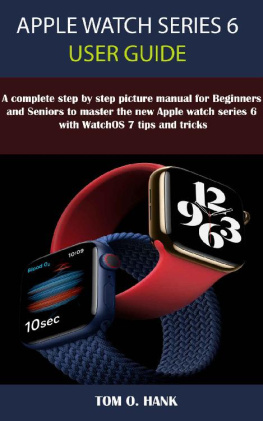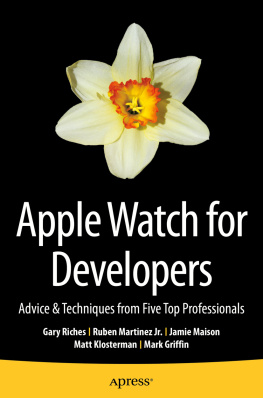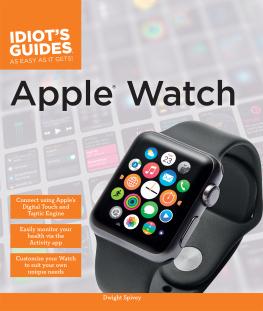Copyright 2012 by Skyhorse Publishing, Inc.
All Rights Reserved. No part of this book may be reproduced in any manner without the express written consent of the publisher, except in the case of brief excerpts in critical reviews or articles. All inquiries should be addressed to Skyhorse Publishing, 307 West 36th Street, 11th Floor, New York, NY 10018.
Skyhorse Publishing books may be purchased in bulk at special discounts for sales promotion, corporate gifts, fund-raising, or educational purposes. Special editions can also be created to specifications. For details, contact the Special Sales Department, Skyhorse Publishing, 307 West 36th Street, 11th Floor, New York, NY 10018 or .
Skyhorse and Skyhorse Publishing are registered trademarks of Skyhorse Publishing, Inc., a Delaware corporation.
Visit our website at www.skyhorsepublishing.com.
10 9 8 7 6 5 4 3 2 1
Library of Congress Cataloging-in-Publication Data is available on file.
ISBN: 978-1-61608-373-1
Printed in the United States of America
PREFACE
THIS BOOK was prepared for use as a home study course in horology and as a reference work for the student in the horological schools. In its preparation, the author has kept in mind the practical and theoretical knowledge required by those organizations that prepare examinations and the state board examinations of the several states which require a license to practice horology.
The author has consulted original sources and especially the works of those who have made horological history. In addition, much of the work has been drawn from scientific publications, particularly those concerned with the more recent developments.
Most books on watch work give no space to the theoretical analysis. On this point a departure has been made, and the reader will find that, in addition to the practical treatment, there is a general survey of horological theory.
It is recognized that the practice of horology is largely one of manual skill, the acquisition of a delicate touch, and muscular control of the wrist and fingers. Practical work is, then, the starting point, and the material in this book is so arranged. One must perform, at the outset, a satisfactory job of cleaning and repairing a clock or watch before the more intricate work of isochronal, position, and temperature adjusting can be achieved. When this plan of attaining a horological education is followed, the student will find himself developing progressively toward a successful career in a very interesting and pleasant semiprofession.
HAROLD C. KELLY
263 May Avenue
Monrovia, California
INTRODUCTION
TIME AND TIME RECKONING
What is time? It is a something that has baffled thoughtful men since the beginning of civilized history. Innumerable astronomers, mathematicians, scientists, and philosophers have investigated this thing called time and have advanced various theories and incidentally worked out systems by which it has served mankind.
Old and New Concepts of Time
In 1687, when Sir Isaac Newton published his Principia, certain philosophical concepts of time were given the world that have been accepted even to this day. In fact the whole science of physics and mechanics is still based upon these concepts and is so taught in our schools.
According to Newton, time is absolute and without any relation to bodies or their motions. It is conceived as unbounded, continuous, unchangeable in the order of its parts and divisible without end. Time exists without matter. If the universe were destroyed, time and space would remain.
On the other hand Dr. Albert Einstein conceived a different idea of time. Einstein said that time is relative. It cannot exist without being associated with space. And since objects in space have three dimensions (length, breadth and height), time is added to these, which gives all objects four dimensions.
Suppose, for example, we are in the capitol building in Washington today at 12:00 a.m. Returning there tomorrow at 12:00 a.m., the space will have changed. The earth has rotated to the east on its axis; it has revolved to the east around the sun; the sun has moved around the Milky Way. Thus when a given period of time has returned, we cannot return to the same given space. Suppose, for another example, the observer was placed on Mars or Venus. The unit value of time would be different.
The dimensions of an object, its shape, the apparent space it occupies, depend, according to Einstein, upon the objects velocity that is, upon the time which the observer takes to travel a given distance, relative to the object. Hence it is impossible to define space without time. That is why we now say that the earth on which we live has four dimensions and that time is the fourth dimension.
A very interesting and highly instructive discourse on Relativity is found in The Universe and Dr. Einstein, Lincoln Barnett, William Sloane Associates, New York. Every horologist should read this book.
Thus the scientists have given us two widely divergent concepts of time. We as horologists shall leave that to the scientists to discuss among themselves. Our interest is concerned with obtaining the mean of solar time in order to set our clocks and watches. This much we are certain: that man has invented a method of dividing successive rotations of the earth on its axis, in relation to the sun, into days, hours, minutes, and seconds for the purpose of regulating his daily activities. The method by which time is reckoned will now be considered.
The Earth as a Clock
The earth is our master clock. The rotation on its axis may be regarded as practically invariable. The friction of the tides on the ocean floor is said to slow down the earths motion, but calculations show a retardation of less than a second in 100,000 years.
To get a clear picture of the earth clock and how it works, let us suppose that we can place ourselves in space shows how it will appear. We may observe the earths rotation to the east at the rate of 18 miles a second. Further observation shows that half of the earth is light and the other half is dark, and we may see the suns rays creep over the north pole as the summer season approaches, and also become darkened when winter comes.

Figure 1.
Our earth clock is to have a 24-hour dial with two sets of figures reading from 1 to 12 to show a.m. and p.m. Meridians of longitude will provide for the location of the figures. The meridians are 15 degrees apart and the prime meridian, which passes through Greenwich, England, indicates 12 a.m. Greenwich time. Our earth clock differs from ordinary clocks in that the hour hand, which may be any meridian for local time, turns counterclockwise.
The equinoxes. Suppose we are observing the earth at 12 a.m. on March 21 or September 23. These dates are called the vernal and autumnal equinoxes and indicate a period when both the sun and an imaginary location in the sky (the equinoxes, ) fall on a given meridian at precisely the same time. During the periods of the equinoxes, the equator lies on the plane of the suns rays, or, to put it in another way: both poles are an equal distance from the center of the sun and night and day are of equal length everywhere on the earth.
A sidereal day is shorter than a solar day. Now, at about 11:56 a.m., mean solar time, on March 22 or September 24, the earth clock has made one complete rotation on its axis and the above given meridian again lies on the plane of the equinoxes. The duration of one rotationthat is, a rotation of 360 degrees is called a












